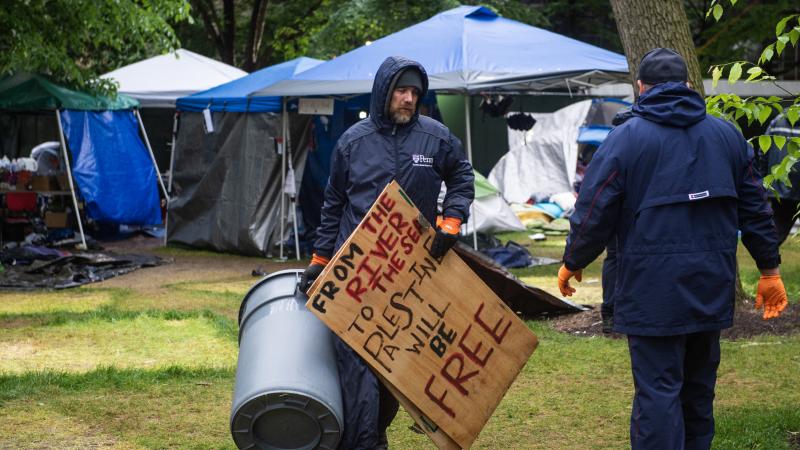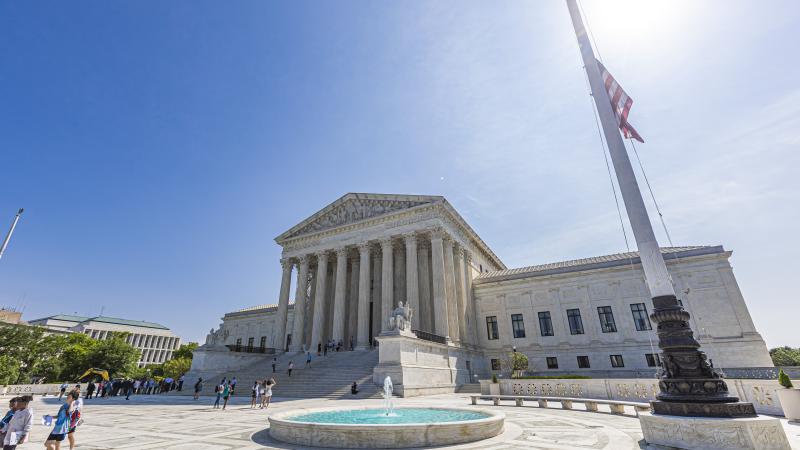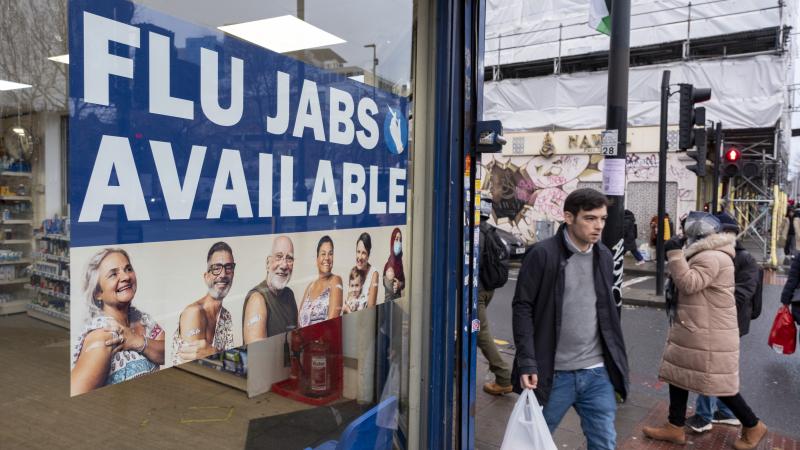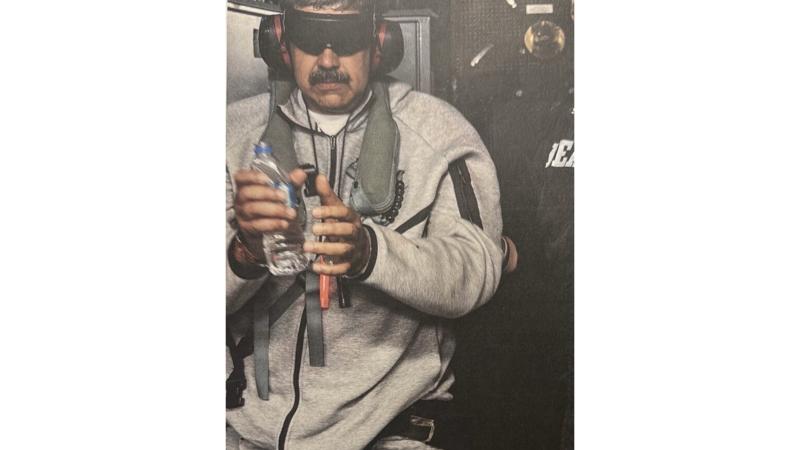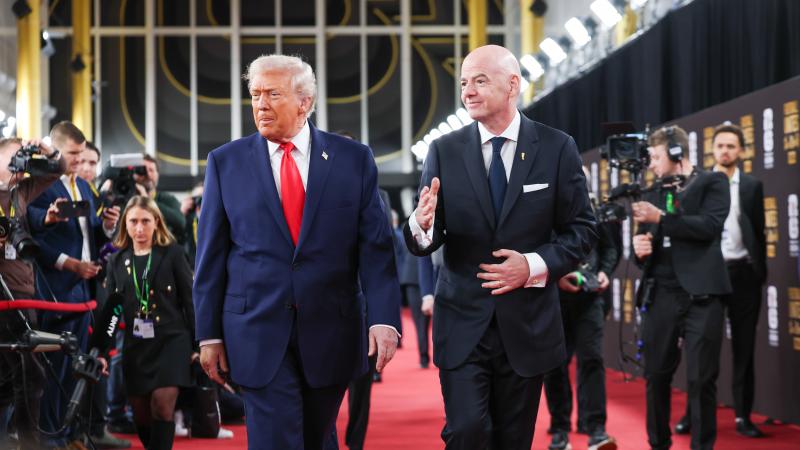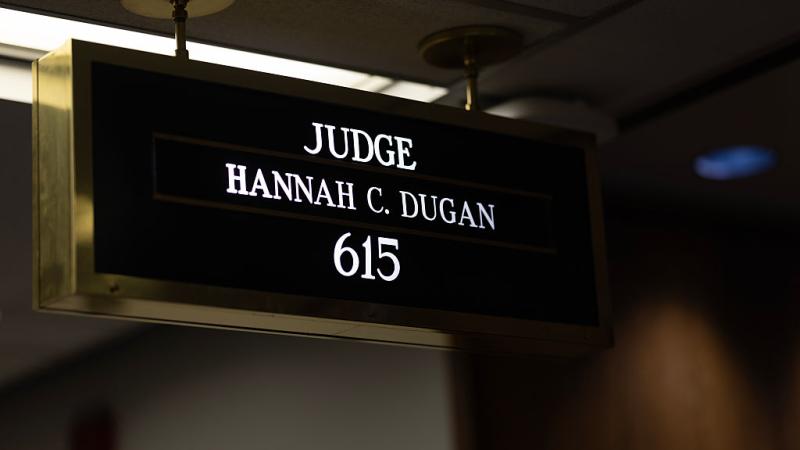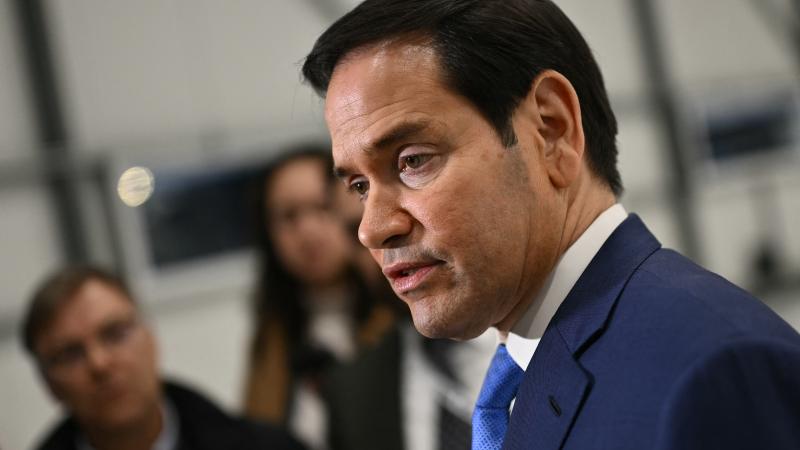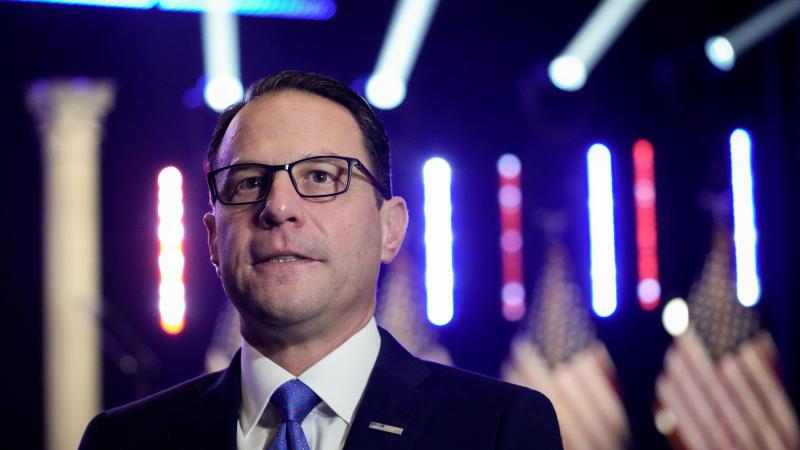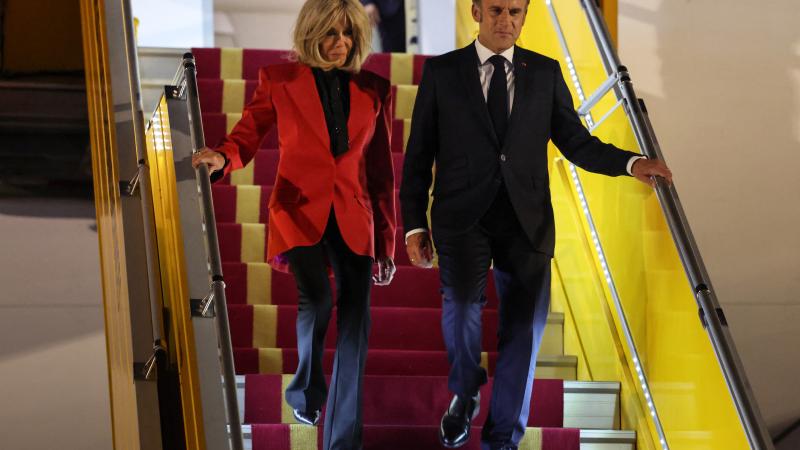Innovations in prefabricated home construction could solve America's housing crisis
Resolving America’s housing crisis would ensure affordable, stable homes, leading to economic stability, improving quality of life and bringing back the American Dream. Innovations in design and construction of prefabricated homes is one proposed answer.
In election after election, young Americans grow increasingly concerned about the elusive American Dream of homeownership moving further and further out of reach.
In 2023, U.S. housing figures reveal a significant divide between homeownership and apartment living in units like condominiums, apartments, duplexes and other multifamily housing structures.
Affordability challenges for prospective homeowners who are forced to rent, not buy
According to the U.S. Census Bureau, the homeownership rate stood at approximately 75.3% in the first quarter of 2025, reflecting a slight increase from previous years but still below the peak of 76% in 2004. Meanwhile, about 35% of U.S. households rent, with 47% of renters living in multifamily buildings (five or more units) and 31% in single-family homes, per the National Multi Housing Council’s analysis of 2022 American Community Survey data.
Multifamily housing has seen robust growth, with a 50% increase in stock since 2000 and a 94% occupancy rate in 2023, driven by urban demand and rising home prices that make homeownership less accessible.
The median age of multifamily renters is around 34, with Millennials comprising 48% of this group, while the average rent for multifamily units rose 5.8% in 2023 to about $1,740 per month. This contrast underscores a growing reliance on multifamily rentals amid affordability challenges for prospective homeowners.
Musk an early adopter of foldable homes
Boxabl, (pronounced "box-ab-ill") a construction technology startup founded in 2017 by Paolo and Galiano Tiramani, is trying to redefine affordable housing with a novel and innovative modular building system. The company, based in North Las Vegas, Nevada, hopes to lower homeownership costs through factory-built, prefabricated homes designed for rapid assembly.
Tiramani spoke exclusively to Just The News about the initial success of his business, with his first customer being Elon Musk and his second customer being the Department of Defense, now the Department of War.
"We searched around for a big problem to do something useful on the planet and especially for our nation, and we came up with housing. And the goal of the company is for the product to be maximum speed, lowest costs and highest quality," Tiramani said.
Boxabl’s signature product, the Casita, is a 361-square-foot foldable home that can be transported and set up in a single day. The company also offers the Baby Box, an entry-level home consisting of a 120-square-foot unit compliant with RV codes, that requires no specialized equipment or foundation. Boxabl plans to expand its offerings to include larger structures, such as single-family homes and multi-unit buildings, by combining or stacking its modular units.
"But, you know, I'm an industrial designer by training, a mechanical engineer. If it's not beautiful, I simply won't do it," Tiramani said.
Utilizing a patented manufacturing process akin to an automotive assembly line, Boxabl says it significantly cuts construction time and costs while maintaining high standards.
In June 2025, Boxabl announced a merger with FG Merger II Corp, a special purpose acquisition company, to go public on the NASDAQ under the ticker “BXBL.” The move aims to boost production and address the global housing shortage, which in the United States is heavily weighed down by federal regulations.
Boxabl employs between 59 and 166 workers and reports estimated annual revenue of $10 million to $100 million. Boxabl has secured $28.2 million to $64.7 million in funding through equity crowdfunding, angel investments, and venture capital.

